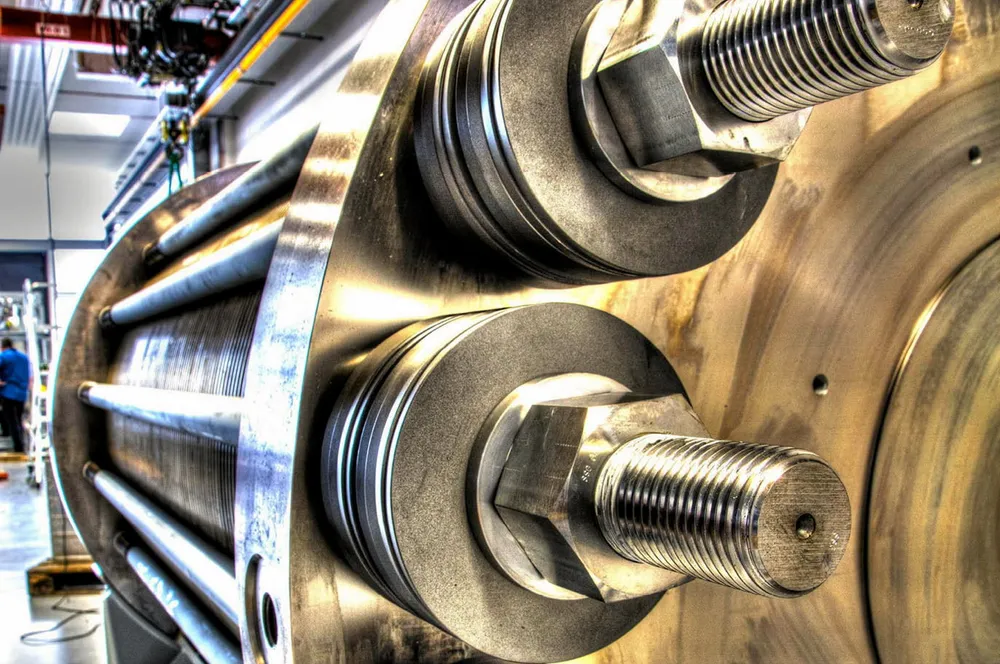Cost of electrolysers for green hydrogen production is rising instead of falling: BNEF
Inflation and subsidy delays clobber economics of making and installing renewable H2 equipment

Inflation and subsidy delays clobber economics of making and installing renewable H2 equipment
